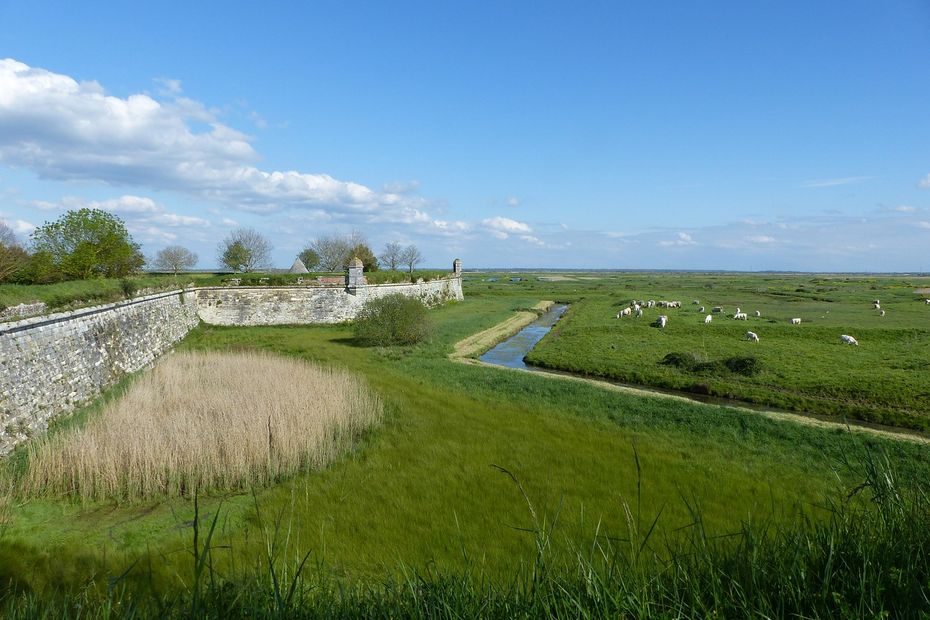A wetland of 11,000 hectares located in Charente-Maritime, the Brouage marsh is a rich landscape that must be preserved. The communities of Rochefort-Océan and Bassin de Marennes have joined forces to have it classified as a “Grand Site de France”. The State has just supported this project.
Since 2016, the agglomeration community of Rochefort Océan and the community of communes of the Bassin de Marennes have joined forces to preserve the Marais de Brouage, and have it classified as a “Great sites of France”.
This project has just entered a new phase, with the support of the Ministry of Ecological Transition, necessary for the launch of the“Operation Grand Site”as announced on Wednesday 20 October by the players in this file during the 4e Marsh Parliament.
From now on, the promoters of this labeling project will have to submit an action program to the higher commission for sites, perspectives and landscapes. It is ultimately up to the Minister in charge of the Environment to decide.
Map: the Brouage marsh and its municipalities
–
What is a “Grand site de France”?
The label “Great site of France” belongs to the State, it is managed by the Ministry of Ecological Transition.
Its attribution is reserved for sites benefiting from a “very strong notoriety and a particular attractiveness”, and, according to the environmental code, “subject to the implementation a project for the preservation, management and enhancement of the site, in accordance with the principles of sustainable development.”
The label is awarded for six years. Currently, only 21 sites have them in France, including three in New Aquitaine:
The Brouage marsh, a wetland to be preserved
Born from the siltation of the Gulf of Saintonge, the Brouage marsh is a wetland of 11,000 hectares, including 8,000 hectares of meadows.
This mostly soft marsh is home to 1,600 kilometers of canals and ditches, and has been shaped over time by human activities, such as salt mining and extensive ranching. It brings together 13 municipalities and is home to 24,000 inhabitants.
The Brouage marsh is already recognized as a Natura 2000 site for the protection of its fauna and flora. White storks have been increasing in number there for several years, taking advantage in particular of the presence of an invasive species on which they feed, the red swamp crayfish.
Video: replay of Cap-Sud-Ouest dedicated to the Brouage marshes (archives 2020)
–


